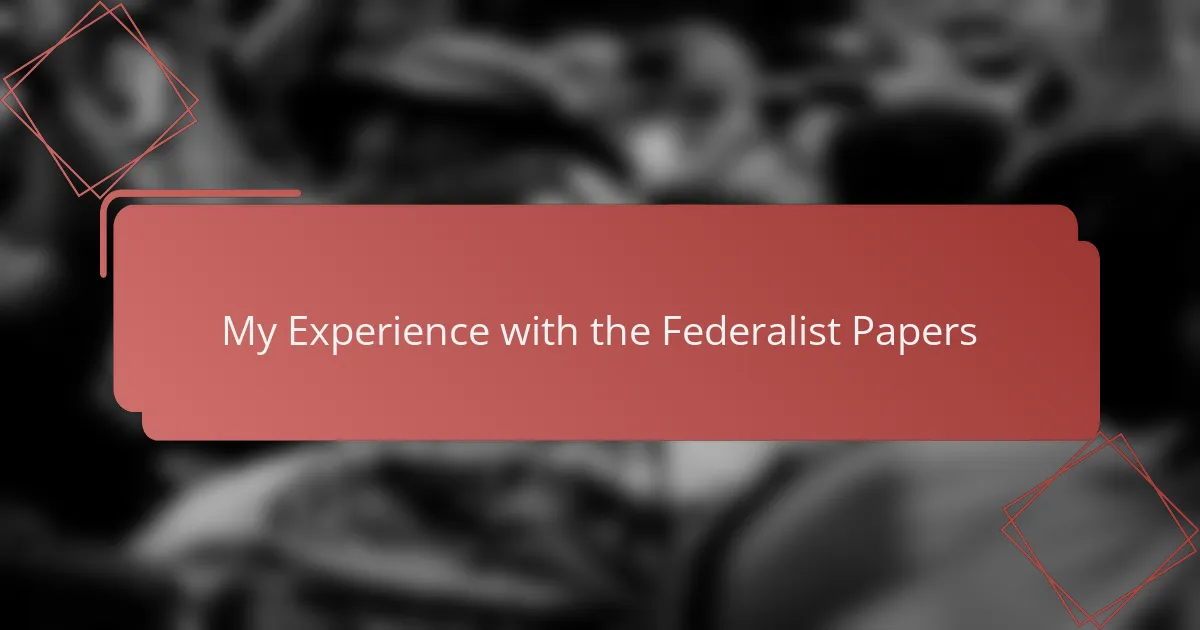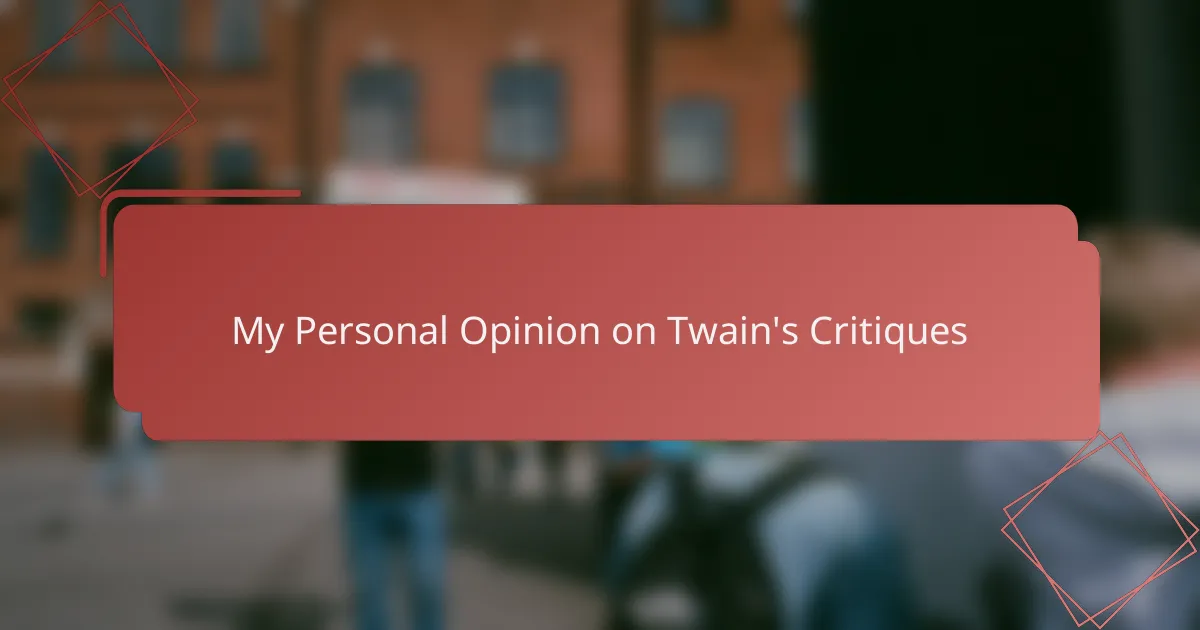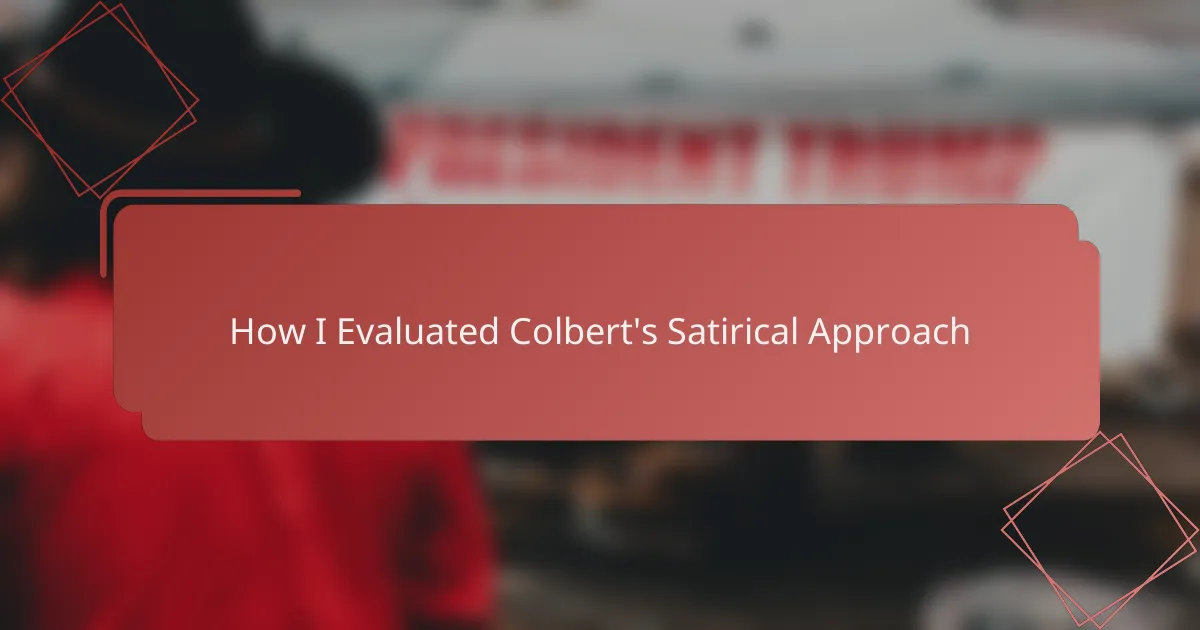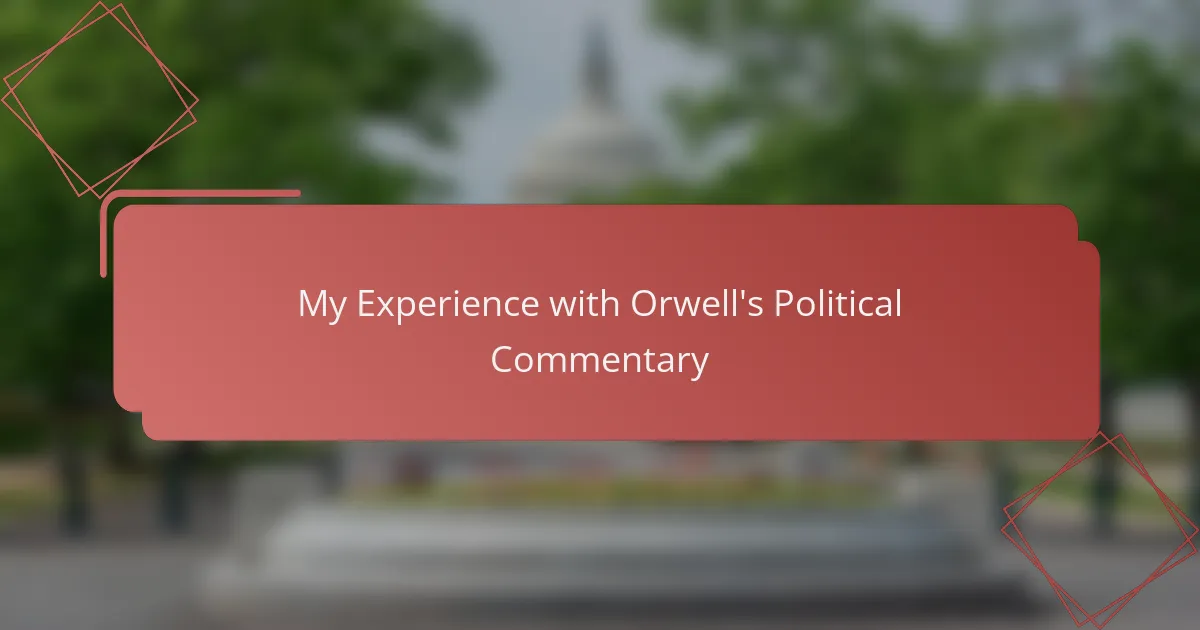Key takeaways
- Political satire combines humor with pointed critique, using exaggeration and irony to expose political absurdities.
- The Federalist Papers exemplify effective political discourse by employing reasoned argumentation, which can provide deeper critiques than satire’s mockery.
- Satire invites reflection and engagement, striking a balance between humor and serious commentary to effectively shape political thinking.
- In modern politics, satire can reveal hidden contradictions and engage audiences, but it risks oversimplifying complex issues in a fast-paced digital environment.
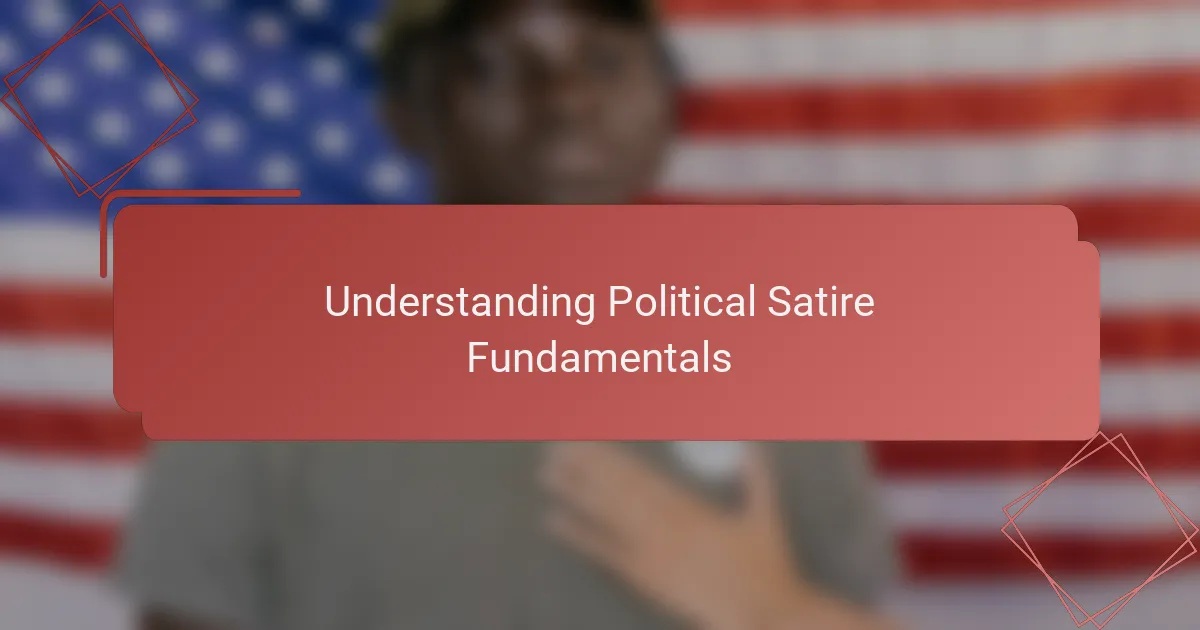
Understanding Political Satire Fundamentals
Political satire, at its core, thrives on exaggeration and irony to expose the absurdities within political systems. I remember the first time I truly appreciated satire; it wasn’t just the humor but the sharp critique behind every joke that struck me. Have you ever laughed at a political cartoon only to realize it revealed a deeper truth?
To grasp political satire fully, you need to understand how it blends entertainment with serious commentary. From my experience, it’s a delicate balance—too subtle, and the message is lost; too blunt, and it turns into mere mockery. This dynamic tension keeps audiences thinking long after the laughter fades.
What fascinates me most is how satire leverages historical context to highlight current issues. When I reread some satirical pieces alongside the Federalist Papers, it became clear how timeless and adaptable satire can be as a tool for political critique. It’s this layered complexity that makes political satire so powerful and, frankly, indispensable.
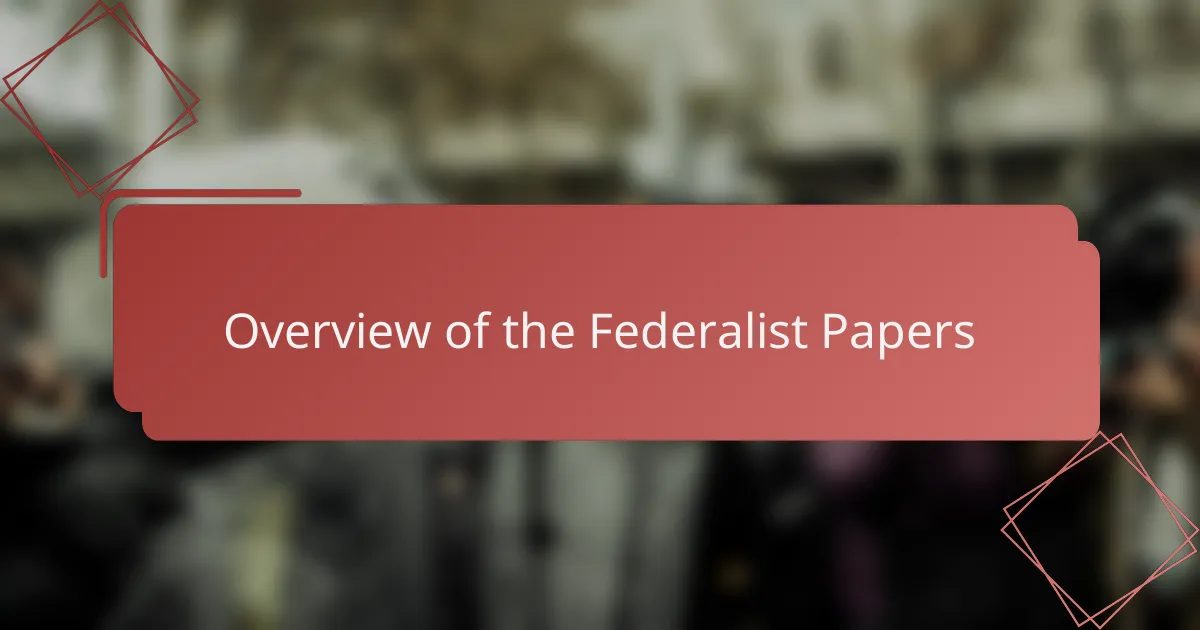
Overview of the Federalist Papers
The Federalist Papers struck me as a remarkable collection of essays that tackled the challenges of forming a new government head-on. Written by Alexander Hamilton, James Madison, and John Jay, these essays weren’t just dry political theory—they were passionate arguments meant to persuade everyday citizens. I recall thinking, how often do political writings aim this directly at the public’s concerns with such urgency and clarity?
What surprised me was how these papers go beyond mere policy debates—they offer a window into the founders’ fears and hopes for the fledgling United States. Reading them, I felt the weight of their intention to build a system that balanced power carefully, avoiding tyranny on either side. It made me wonder: could political satire learn something from their earnestness and depth?
One essay that stayed with me explained the importance of separating powers within government, a concept that still resonates today. It’s striking how these writers used logic and persuasive storytelling to address complex ideas without losing readers. From my experience, this blend of intellect and accessibility is something modern political commentary often misses, but the Federalist Papers had down pat.
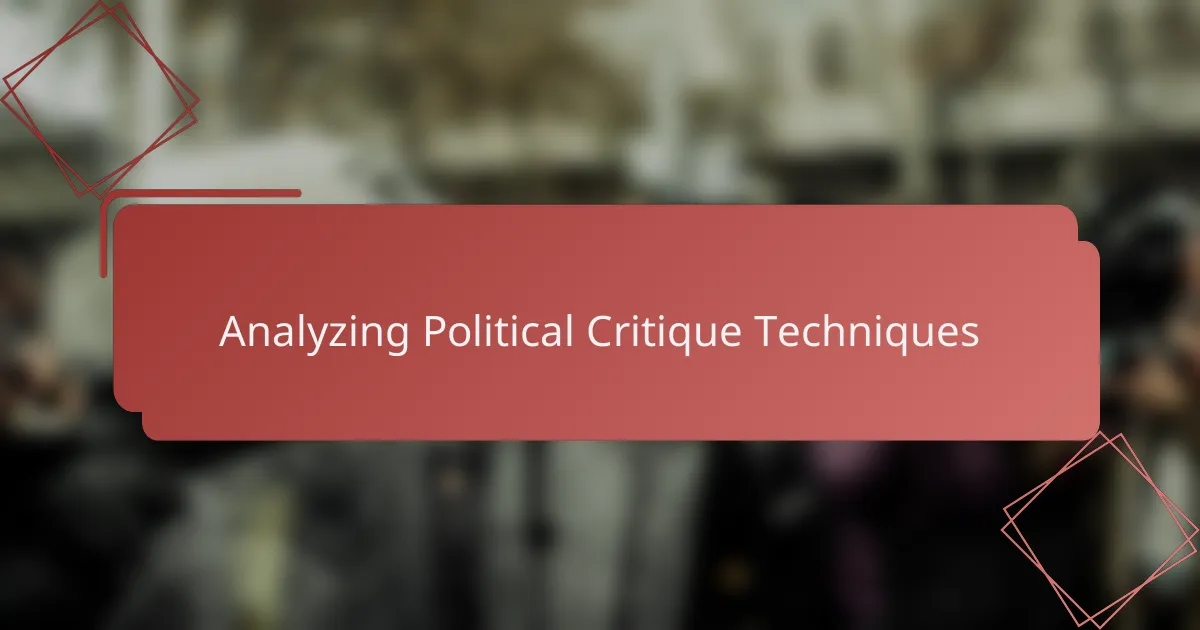
Analyzing Political Critique Techniques
When I delved into analyzing political critique techniques, I noticed how the Federalist Papers employed reasoned argumentation rather than outright ridicule. Have you ever paused to consider how calm, logical persuasion can actually deliver a sharper critique than a biting joke? This balance between intellect and subtle challenge really stuck with me.
From my perspective, effective political critique often hinges on exposing contradictions without alienating the audience. I remember comparing this to satire’s use of irony—both aim to reveal truths, but while satire mocks, the Papers persuade through carefully structured evidence. It made me appreciate how varied and nuanced critique techniques can be, each suited to different goals and audiences.
What intrigues me most is how the Papers model a technique I call “respectful confrontation.” Instead of mocking opposition, they meticulously dismantle flawed ideas with patience and clarity. I wonder, could modern political satire borrow more from this approach to deepen its impact without losing its edge? That’s a question I keep coming back to as I explore these writings.

Personal Insights on Satire Effectiveness
What struck me about satire’s effectiveness is how it can sneak past defenses with humor before delivering its punch. Have you ever caught yourself laughing first, then realizing the critique was actually stinging? That moment of surprise, I think, is where satire truly hits its mark.
From my own experience, satire works best when it invites reflection rather than just ridicule. When I read satirical pieces alongside serious essays like the Federalist Papers, I noticed that the most lasting critiques don’t just mock—they make you pause and reconsider your assumptions. Isn’t that the real power of satire?
I’ve also felt how satire’s edge can sometimes blunt its message if it goes too far. Striking the right balance between wit and weight is tricky. Too sharp, and you risk alienating your audience; too soft, and the satire falls flat. It’s this delicate dance that keeps me fascinated by how well-crafted satire can shape political thinking.
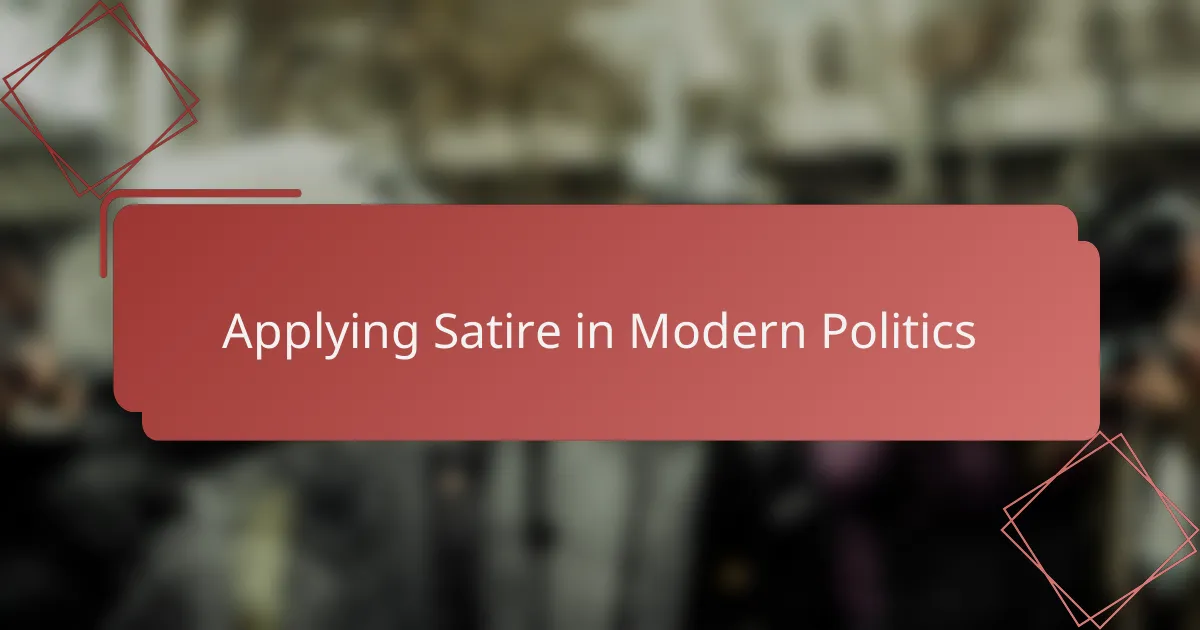
Applying Satire in Modern Politics
Applying satire in today’s political arena feels like walking a tightrope. I’ve witnessed how a well-placed joke can cut through the noise, making complex issues more approachable. But isn’t the real challenge maintaining that sharpness without crossing into cynicism?
Sometimes, I think satire’s true power lies in its ability to reveal contradictions modern politicians try to hide. When I see satirical comments spotlight hypocrisy, I’m reminded that humor can be a catalyst for public awareness—something straightforward reporting can’t always achieve. Have you noticed how a clever meme or sketch can spark more discussion than a formal debate?
Yet, I also wonder about satire’s limits in our hyper-connected world. From my experience, immediacy often demands quick laughs, which risks oversimplifying serious matters. How can satire evolve to keep its critical depth while still engaging an audience accustomed to fast, flashy content? I believe finding this balance is key to its future relevance in political discourse.
